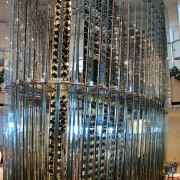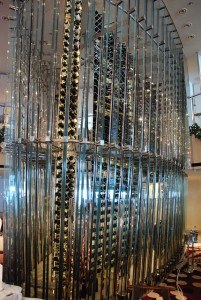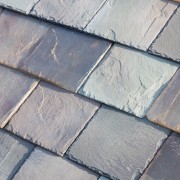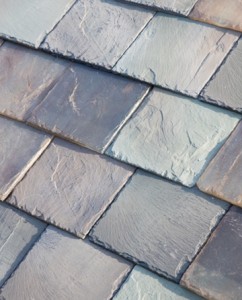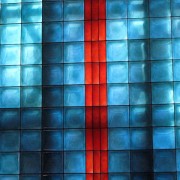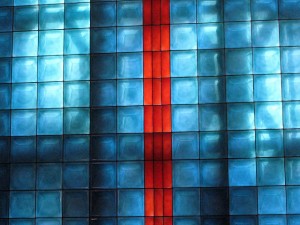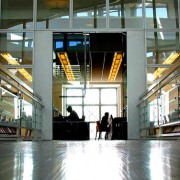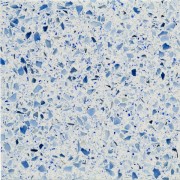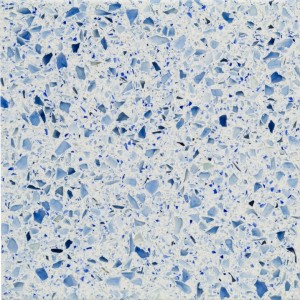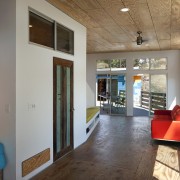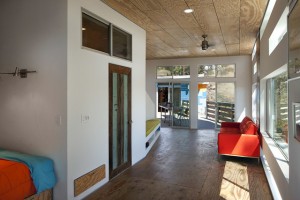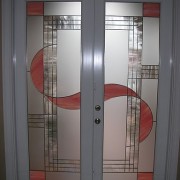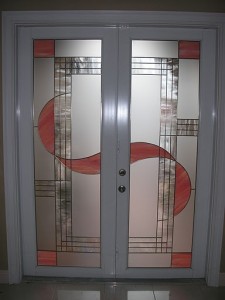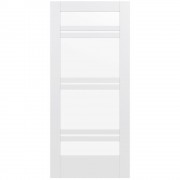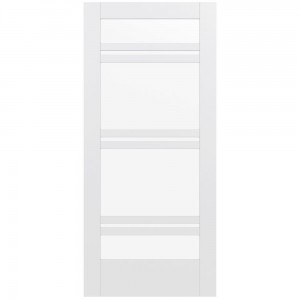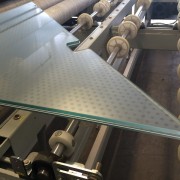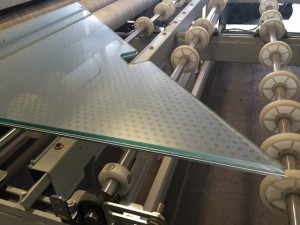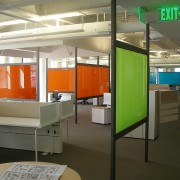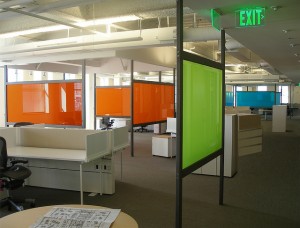Glass wine cellars are trending
A new approach to wine cellars elevates the area to the home’s ground floor, usually around the kitchen or dining room. Glass wine cellars are often small. That’s because the wine doesn’t stay in a glass cellar very long! UV light does, in fact, age the wine more quickly. Also, when wine is stored on the main floor of a home, the corks tend to dry out as the result of lower humidity.
Glass wine cellars are meant to be conspicuous, and conspicuous they are! Special coated glass and filtered lights can help slow the natural aging process, but they won’t preserve wine indefinitely. That being said, the aboveground wine cellar is meant for wines that will be consumed. Experts recommend that in the absence of temperature-, humidity- and light-controlled storage, wine should be consumed within two years.
What does a glass wine cellar look like? You might find glass walls and a glass door, with special LED lighting in the room. The walls and doors help conserve some of the humidity needed to preserve the corks. These small wine cellars often look more like a display case than a traditional, below-grade wine storage area. While a glass wine cellar may take up residence in a corner or along a wall, some cases are free-standing and serve as a room divider, or even the focal point of a room.
Rather than resting the bottle in a traditional little wine cellar cubbyhole, bottles are displayed lengthwise in open racks to keep the label visible. This approach is certainly less efficient, but the purpose of a glass wine cellar is visibility.
If you’re considering a glass wine cellar for your home, but you’re unsure of how to protect the wine from the damaging effects of UV light, consider protecting the inside of the cellar with a UV-resistant glass paint like Glassprimer™ glass paint. Glassprimer™ glass paint offers excellent UV resistance, and comes in virtually any color.
If you’d like more information about Glassprimer™ glass paint, please visit the rest of our site. If you’d like to purchase Glassprimer™ glass paint, please visit our online store .
Photo Credit: Joe Ross, via Flickr.com

